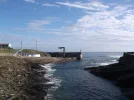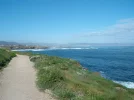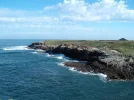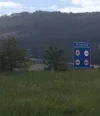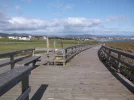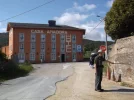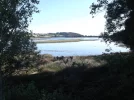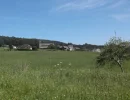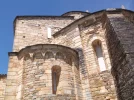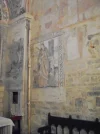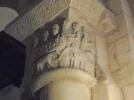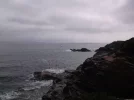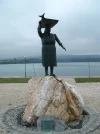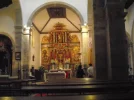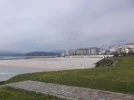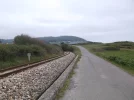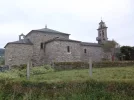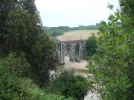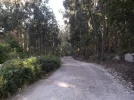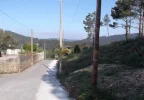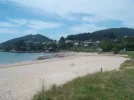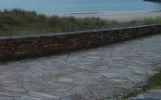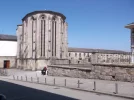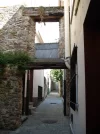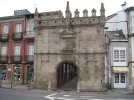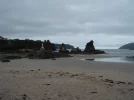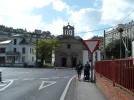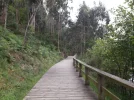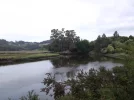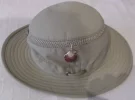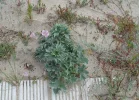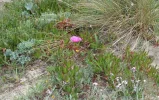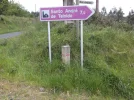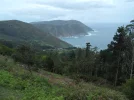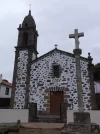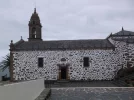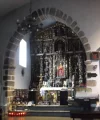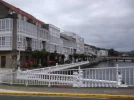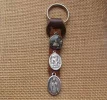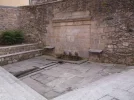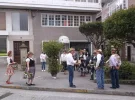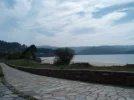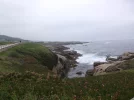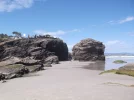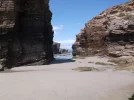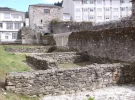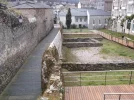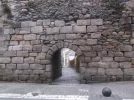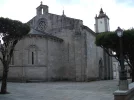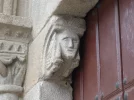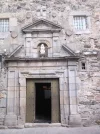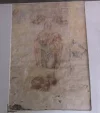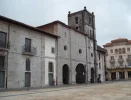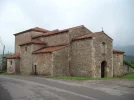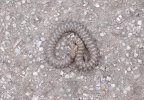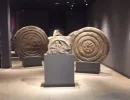Tia Valeria
Veteran Member
- Time of past OR future Camino
- Pt Norte/Pmtvo 2010
C. Inglés 2011
C. Primitivo '12
Norte-C. de la Reina '13
C. do Mar-C. Inglés '15
The early stages of the Camino do Mar are fairly easy from Ribadeo, past As Catedrais to Reinante, Barreiros, Foz, Burela, Cervo and Xove. Accomodation is all in private rooms/hostales/hotels. There are no albergues. The waymark is said to be yellow arrows or red sardines, we will see if it is good but will have the mapas militar sections to help us (no GPS with us).
After Xove the route turns north and we plan instead to keep going due west to Viveiro instead of following the given way there. After Viveiro the terrain is more difficult and after Covas (2 kms from Viveiro) the accomodation is doubtful so we will take the FEVE to Orteguira. From here it would seem that there is no accomodation (apart from 3 hotels which are well off the route) and apart from San Andrés de Teixido itself there is no food either. Here we plan to take the FEVE to Ponte Mera and walk to San Andrés. Then we will take the Amigos advice to take a taxi the 12kms to Cedeira where there is accomodation and food.
We then will probably take the bus to Ferrol due again to accomodation problems and time constraints. We may start the Camino Inglés at the Covas near Ferrol or from Ferrol itself. Time will determine this as we will have taken time to visit places along the Camino do Mar and also want to see more of places we passed through previously on the Inglés (2011).
Much of our selection of places to stay has been done via booking.com, venere.com. turgalicia etc as well as the various 'concello' sites. So far so good.....we will add info here as needed.
After Xove the route turns north and we plan instead to keep going due west to Viveiro instead of following the given way there. After Viveiro the terrain is more difficult and after Covas (2 kms from Viveiro) the accomodation is doubtful so we will take the FEVE to Orteguira. From here it would seem that there is no accomodation (apart from 3 hotels which are well off the route) and apart from San Andrés de Teixido itself there is no food either. Here we plan to take the FEVE to Ponte Mera and walk to San Andrés. Then we will take the Amigos advice to take a taxi the 12kms to Cedeira where there is accomodation and food.
We then will probably take the bus to Ferrol due again to accomodation problems and time constraints. We may start the Camino Inglés at the Covas near Ferrol or from Ferrol itself. Time will determine this as we will have taken time to visit places along the Camino do Mar and also want to see more of places we passed through previously on the Inglés (2011).
Much of our selection of places to stay has been done via booking.com, venere.com. turgalicia etc as well as the various 'concello' sites. So far so good.....we will add info here as needed.
Last edited:











